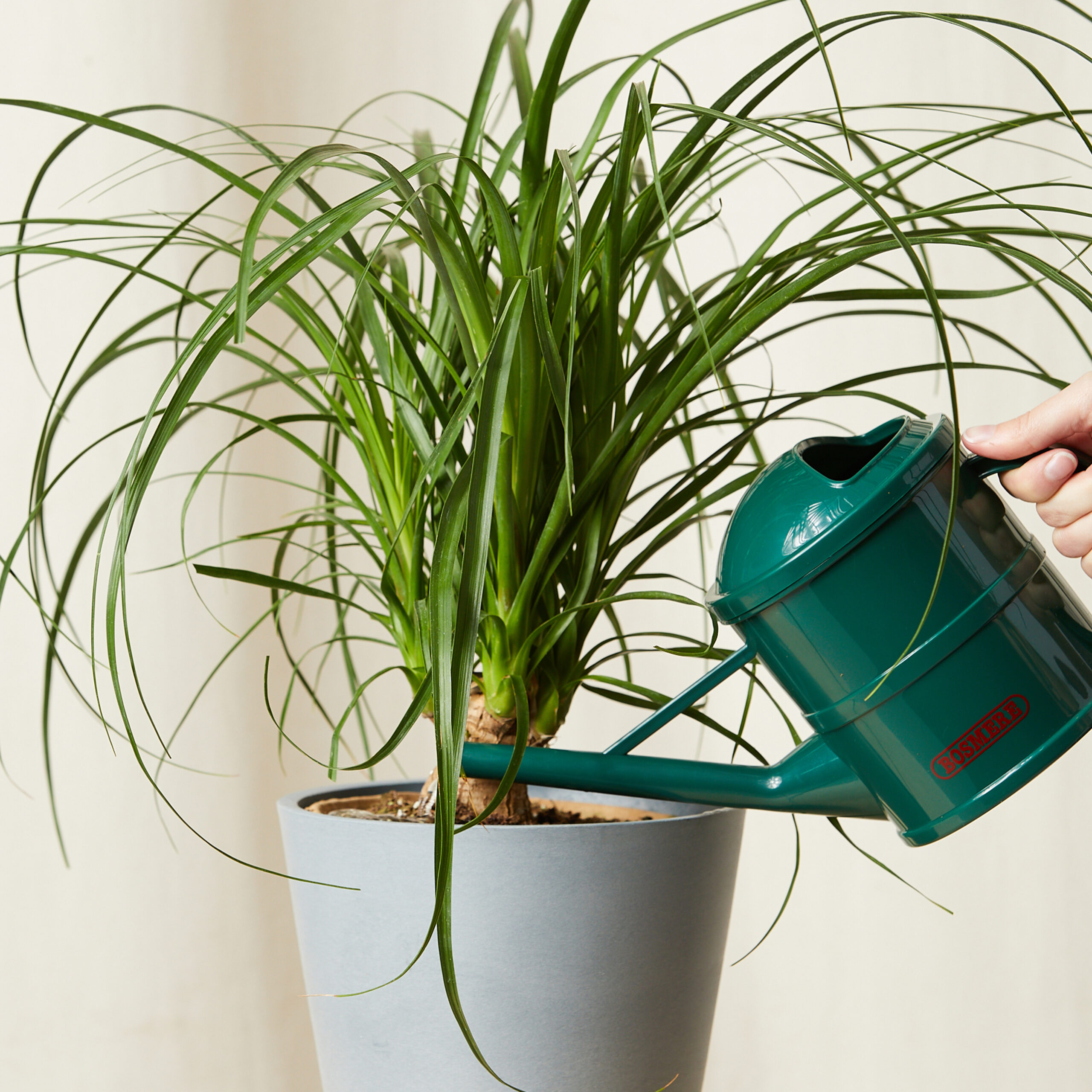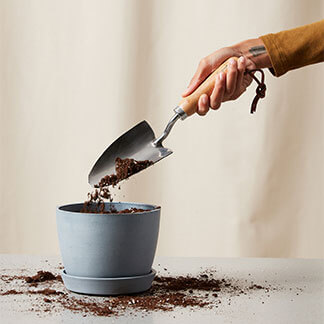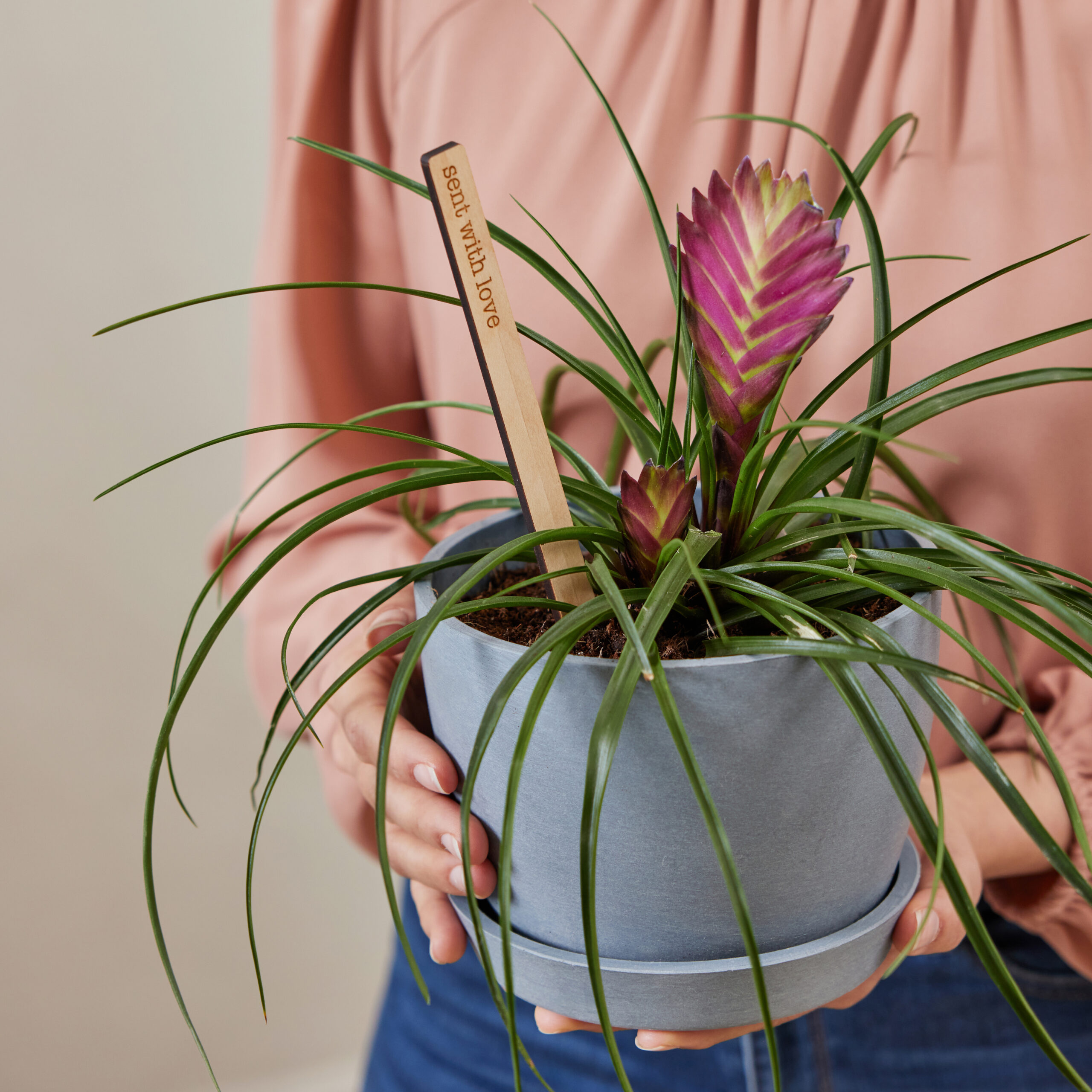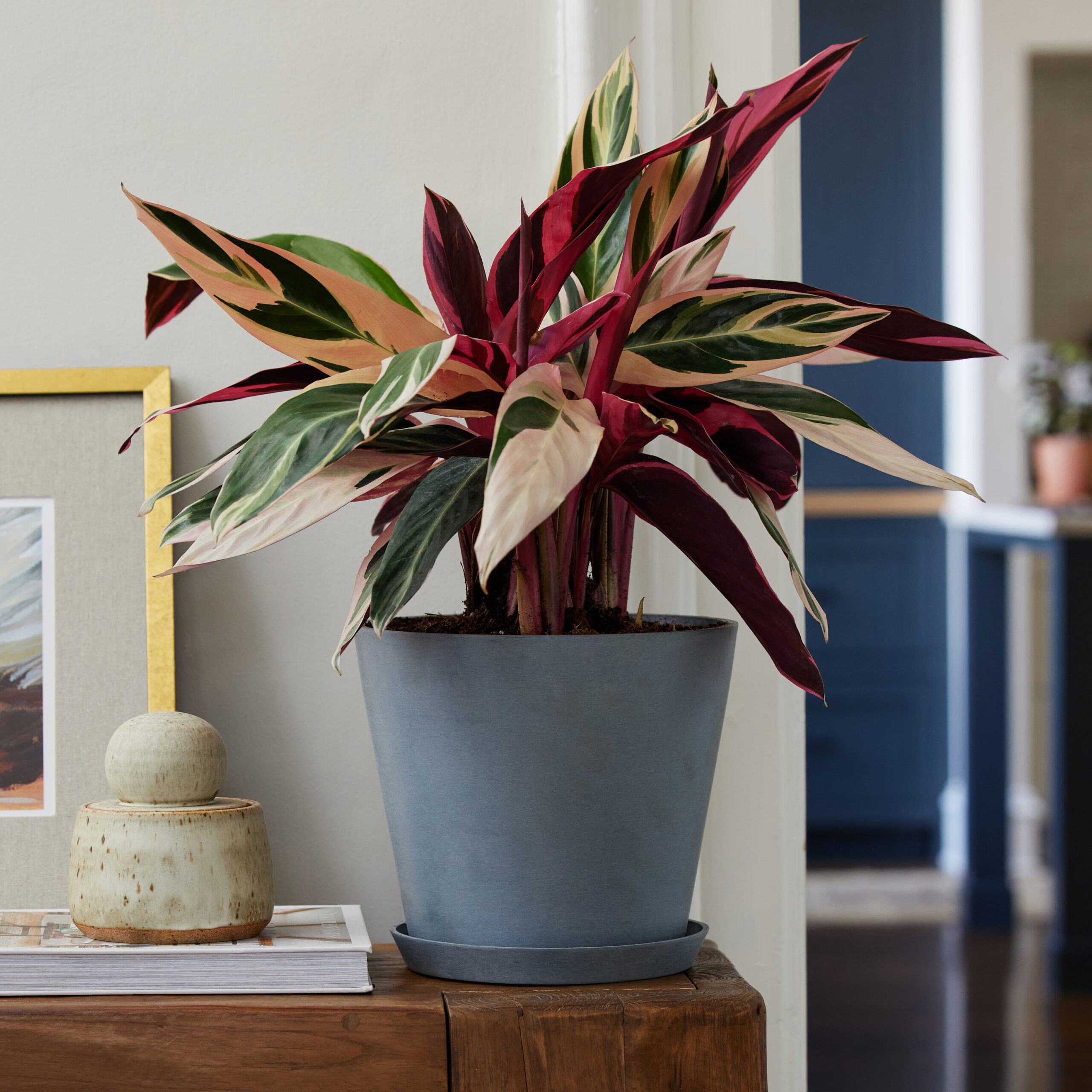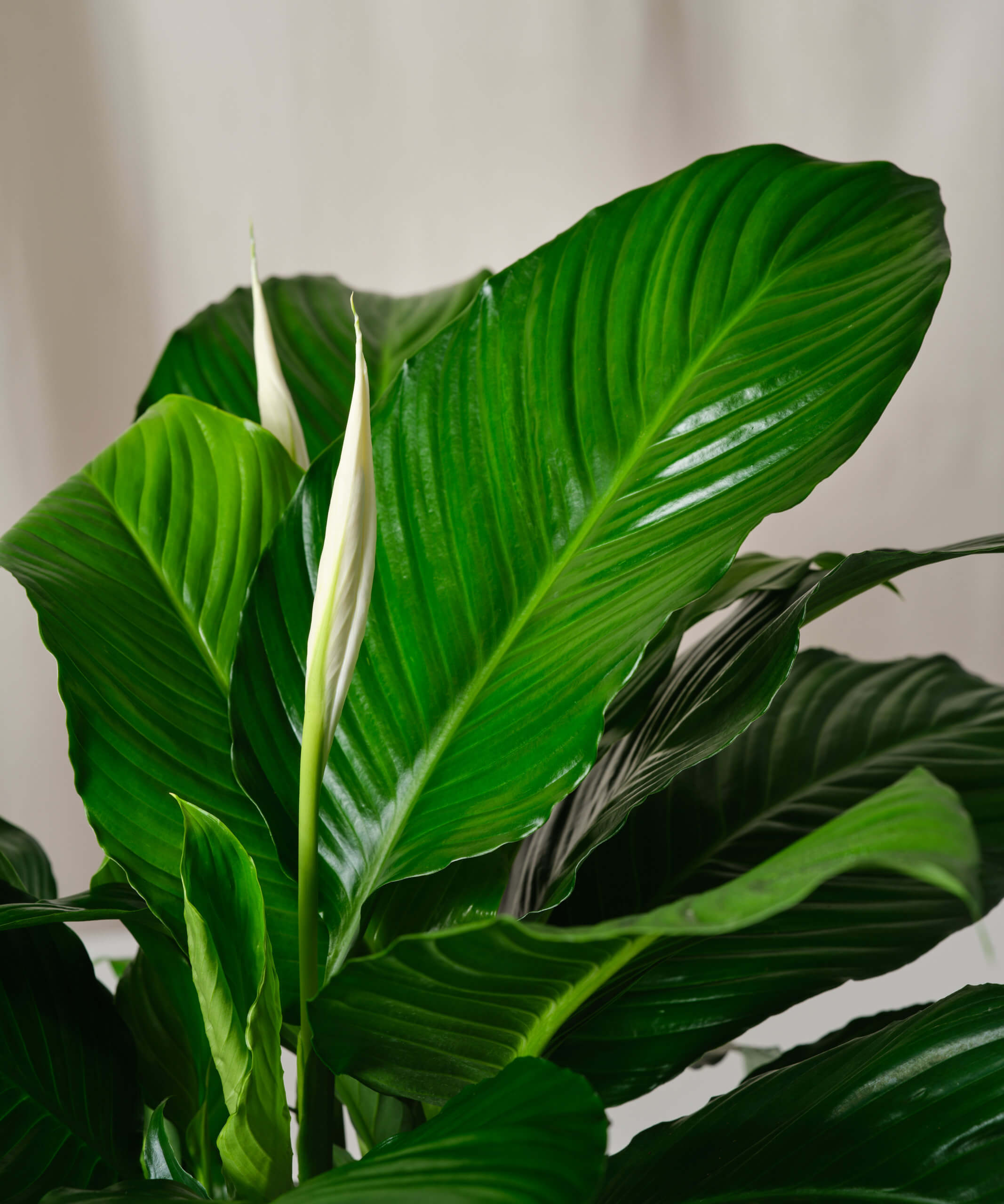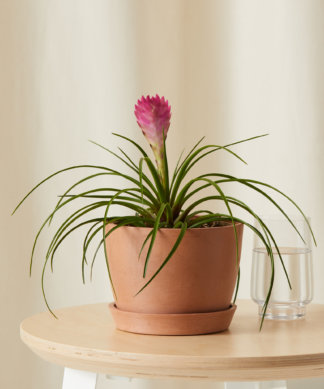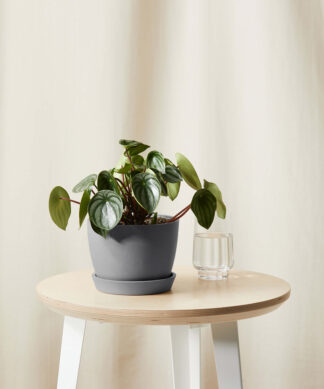How to care for your Peace Lily
Use these instructions to care for a Peace Lily. This guide will tell you how to water a Peace Lily; its light, temperature, humidity preferences and any additional care it might need to help it grow.
Domino Peace Lily
Your Peace Lily Domino will do best in medium to bright indirect light. Never allow your plant to receive direct sunlight, as the leaves can burn.
Maintain a regular watering schedule and keep your Peace lily moist, but not wet or soggy. This is not a drought-tolerant plant, but it is relatively forgiving if you forget to water it from time to time. Extended periods of dryness can result in brown leaf tips or edges. Allow the top 50% of soil to dry between watering.
Like many tropical indoor plants, your Peace Lily prefers a spot with ample humidity. If leaf edges begin to curl or brown, mist them with lukewarm water on a regular basis, or place a humidifier nearby. Your bathroom or kitchen are perfect spots for your Peace Lily because these areas tend to be more humid.
Your Peace Lily prefers average room temperatures from 60-80 degrees. They are sensitive to cold drafts and blowing heat during the winter months, so keep them away from windows and heaters for best results.
Use a general houseplant fertilizer every month during the spring and summer. No fertilizer is necessary in the winter when plant growth naturally slows.
Peace Lily is considered to be toxic to animals and humans.
Peace Lily
Your peace lily will do best in bright, filtered, indirect light shining through an east-facing window. Six to eight hours of indirect exposure will keep your plant looking healthy. Too much bright light will burn the foliage. Too little light and the plant will not produce flowers and foliage growth will slow.
You can water your Peace Lily once a week as long as the top inch of soil is dry. If the plant gets too dry it will dramatically wilt, but a good watering should perk it back up. Also remember to avoid splashing the leaves to avoid staining them.
Your peace lily prefers a humid environment. Place a humidifier nearby or use a pebble tray. During the summer, you can lightly mist the leaves with distilled or softened water, especially if the air is warm and dry.
Your peace lily prefers average room temperatures from 60-80°F. They are sensitive to sudden changes in temperature and prolonged exposure to cold air, so keep away from drafty areas and open vents.
Use a general houseplant fertilizer with a 20-20-20 ratio every month during the spring and summer. No fertilizer is necessary during the winter when the plant is not putting out new growth.
Peace Lily is considered to be toxic to animals and humans if ingested.


